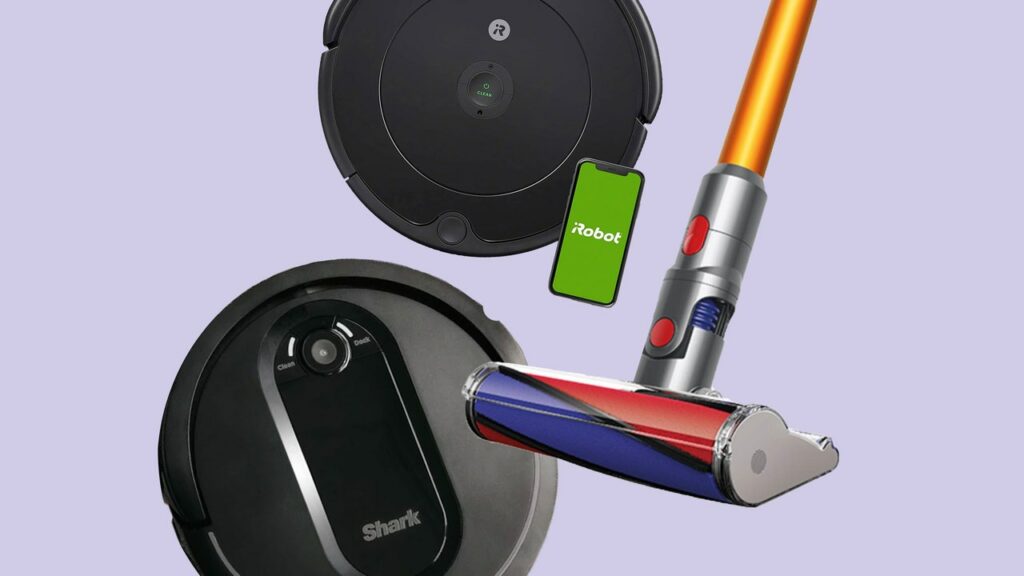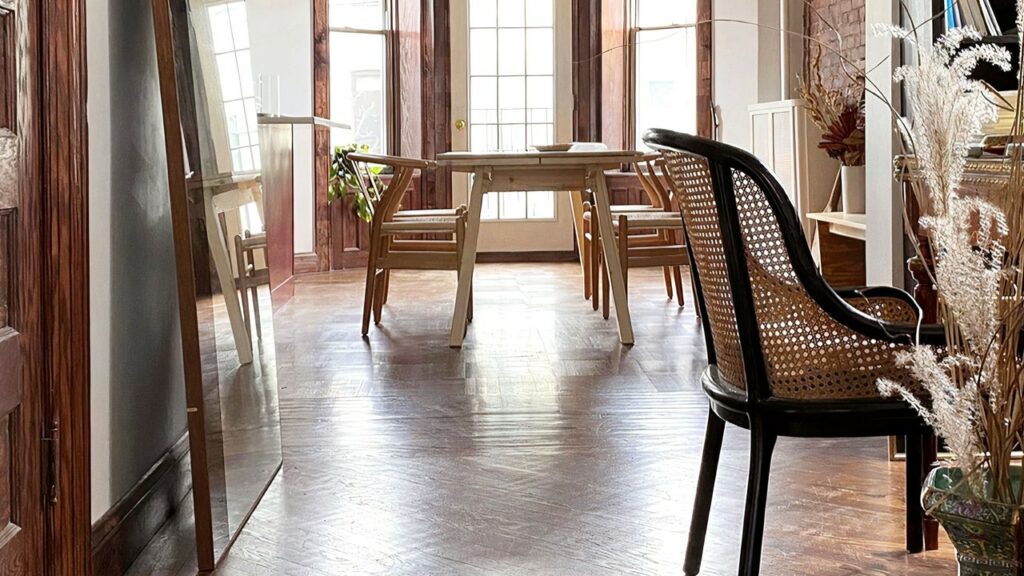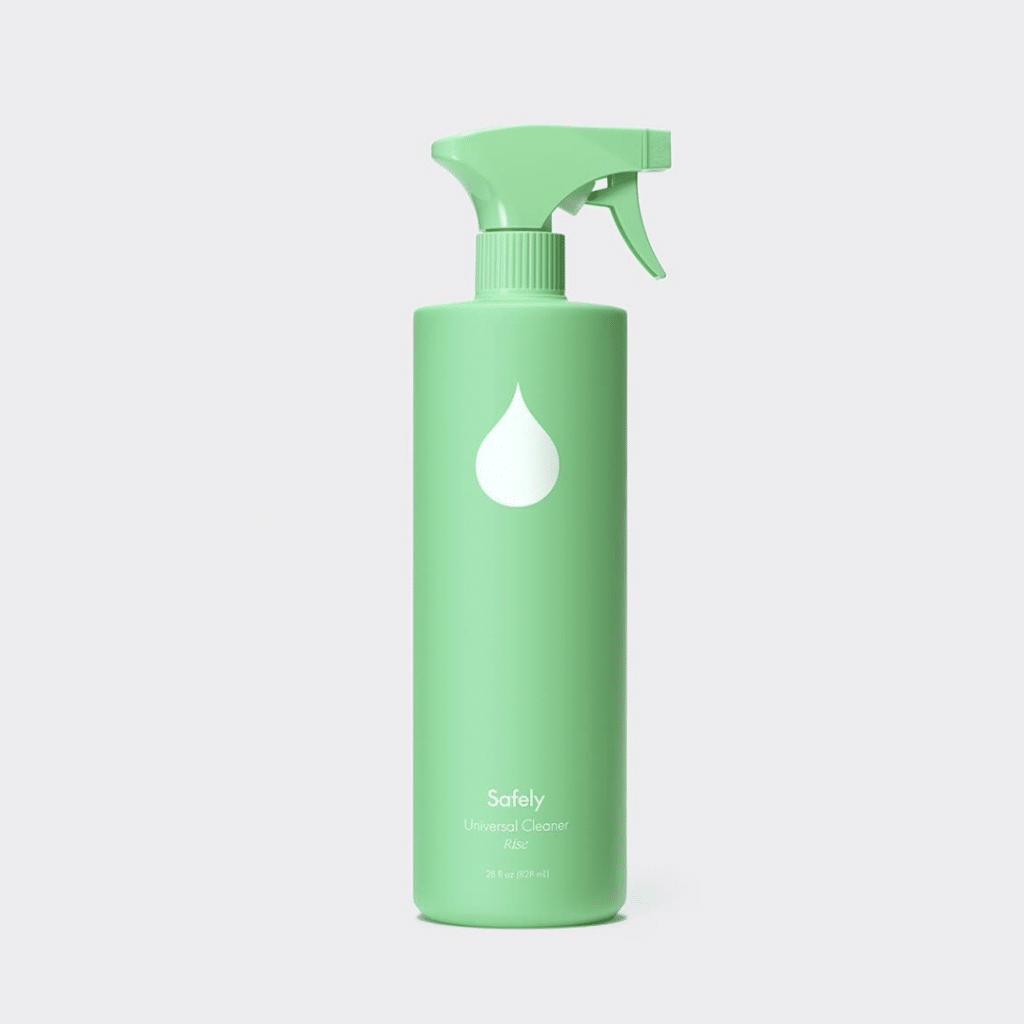How to Clean Skirting Boards: To-The-Point, Actionable Advice

This post was originally published on this site

Cleaning skirting boards can be a hassle. The stains can be very stubborn, you need to know how to deal with dust and dirt, and take a different approach based on the materials used.
So, we’re here with to-the-point, tried-and-true, actionable advice that you can apply straight to your skirting boards – or whoever’s boards you might be cleaning. Let’s get going!
Preparation: Dust and Vacuum
The first is removing loose dust with a vacuum cleaner. Use a brush attachment! Just gently vacuum along the top edge and the front face of the boards, no need to go super-deep. And for corners and intricate details, use a cotton swab to dislodge dust.
- Pro Tip: Pet owners may find pet hair collected along their skirting boards. The brush attachment helps capture this effectively without scattering the hair.
First Step: Wipe Down with Soapy Water
Mix 2-3 drops of mild dish soap into a gallon of warm water. Dip a microfiber cloth into the soapy water and wring it out well – the cloth should be damp, not dripping wet! Wipe down the skirting boards from one end to the other.
- Pro Tip: For sticky spots, like dried food splatters, apply extra pressure with the damp cloth to lift the residue.
Second Step: Scrub Stubborn Stains
Make a paste using 2 tablespoons of baking soda and a small amount of water (about 1 tablespoon). Apply the paste to the stained areas with an old toothbrush or a small scrubbing brush. Gently scrub in circular motions until the stains are lifted.
- Pro Tip: If your child has marked the skirting boards with crayons, the baking soda paste can effectively remove these marks without damaging the paint.
Third Step: Tackle Scuff Marks with Vinegar
Mix 1 cup of white vinegar with 2 cups of water. Dampen a microfiber cloth with this solution and rub it over scuffed areas. The acidity of the vinegar helps break down the scuff marks without harming the paint.
- Pro Tip: Test the vinegar solution on a small, inconspicuous area first, especially on dark-colored skirting boards, to make sure there is no discoloration.
Fourth Step: Clean Corners and Intricate Details
Dip cotton swabs into the soapy water or vinegar solution to clean corners and intricate details. These areas often trap dust and grime that a larger cloth can’t reach.
- Pro Tip: Older homes might have decorative skirting boards with detailed designs. Using cotton swabs ensures these areas are thoroughly cleaned without damaging the detailing.
Final Stage: Dry and Buff, Then Apply Polish or Cleaner
This is important – wooden skirting boards need to be completely dry to prevent warping or swelling. So, dry the skirting boards using a clean, dry microfiber cloth.
Wipe them down to remove any excess moisture. Buff the skirting boards to a shine, which also helps remove remaining dust particles.
Lastly, take your preferred furniture polish and follow the instructions. In most cases, you need to apply a thin layer of polish using a microfiber cloth. Wipe along the length of the skirting boards, ensuring even coverage.
- Pro Tip: For wooden skirting boards, using a lemon oil-based polish nourishes the wood and provides a pleasant scent. Most products recommend applying a dime-sized amount of polish per foot of skirting board.
Additional Tips on Cleaning Skirting Boards
Instead of a generic summary, we would like to offer you a few extra tips as a parting gift for staying with us. Have a good one!
- Secret Weapon: Use fabric softener sheets to reduce static and repel dust. After cleaning, wipe the skirting boards with a dryer sheet to keep them dust-free longer.
- DIY Cleaning Solution: For a gentle homemade cleaner, mix 2 cups of warm water, 1/2 cup white vinegar, and 1/4 cup rubbing alcohol. This solution cuts through grime and disinfects without harsh chemicals.
- Microfiber Mop: For hard-to-reach places or if bending down is difficult, use a microfiber mop. Attach a microfiber cloth soaked in your cleaning solution to the mop head and run it along the skirting boards.



Responses